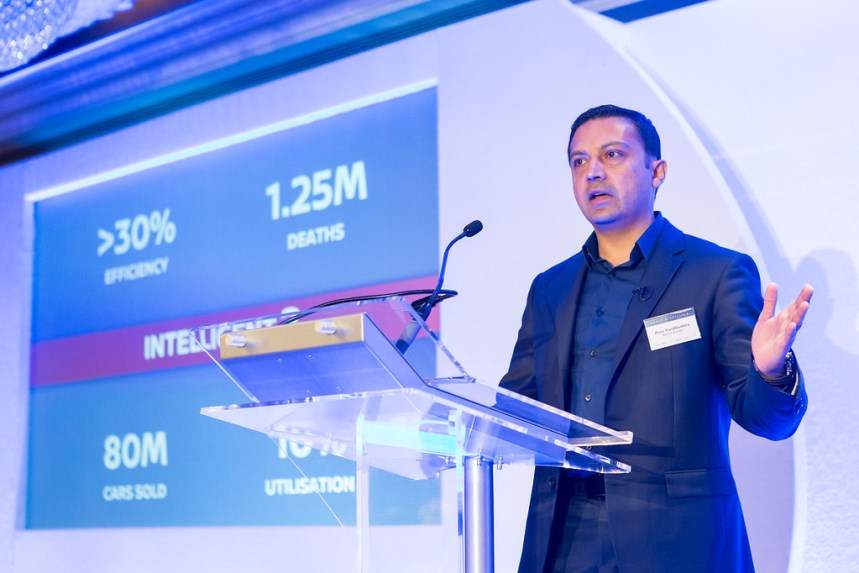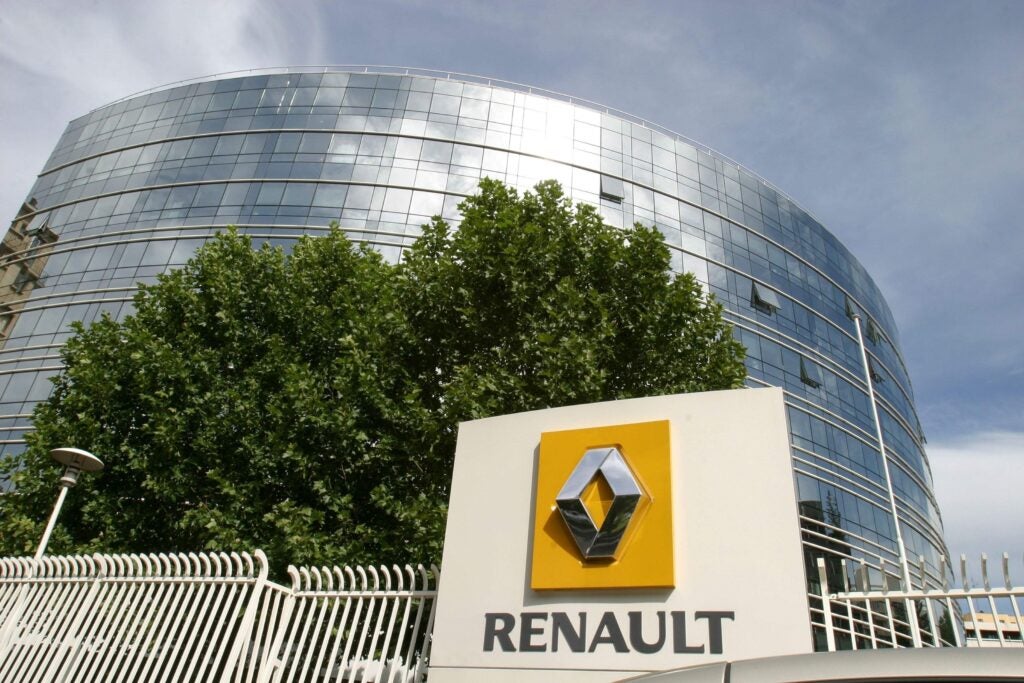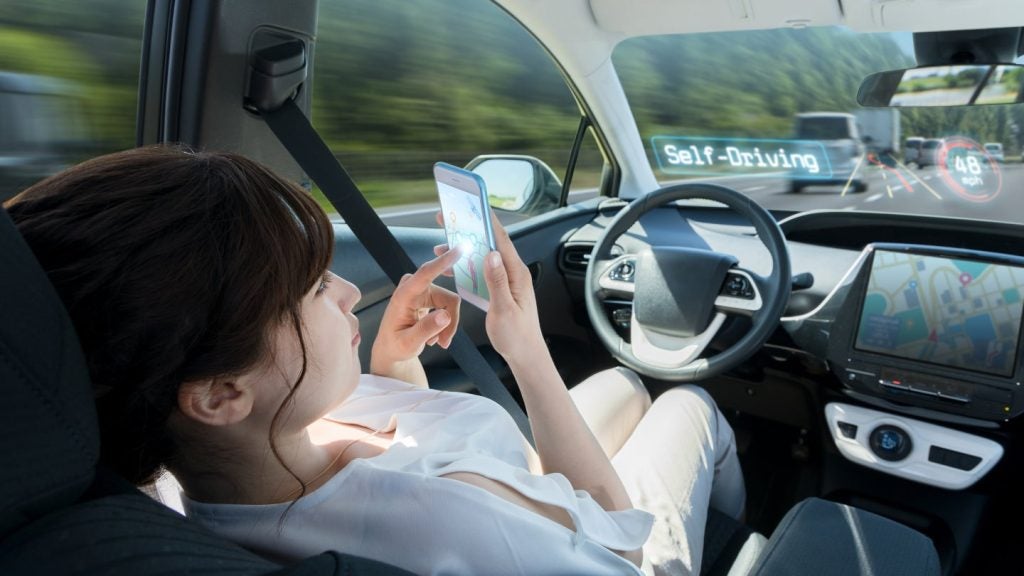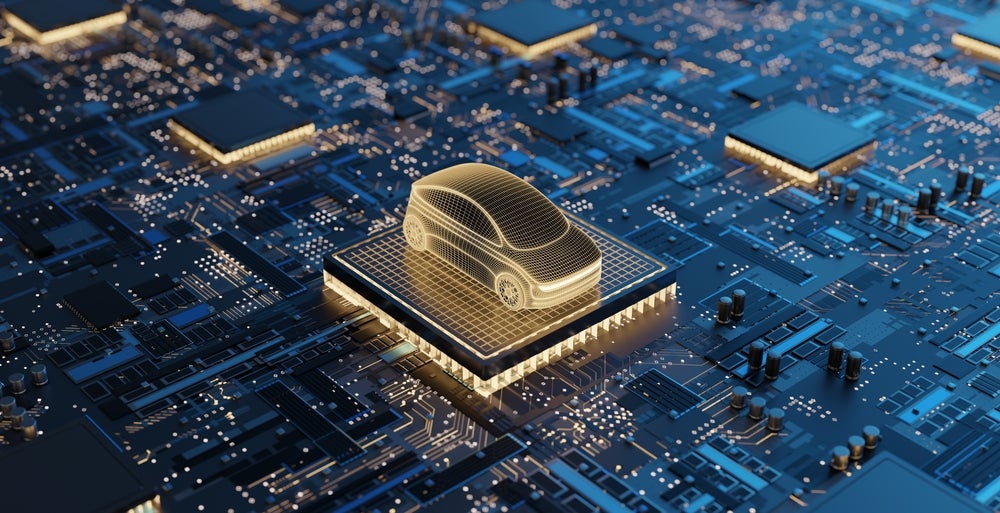
The ninth annual Frost & Sullivan Intelligent Mobility Conference, Digital Transformation of the Automotive Industry, explored technological trends in the automotive industry, and its next steps. Saad Ahmed reports
Business models are beginning to converge, and particularly once autonomous technology comes into the picture, there is going to be a convergence between the ‘drive yourself’ model and the ‘be driven’ model,” said Shwetha Surender, industry principal, mobility, at Frost & Sullivan. “There is not going to be any distinction.”
At the ninth edition of Frost & Sullivan’s Intelligent Mobility Conference, the motor industry’s assembled employees and commentators were asked to consider the digital future. Focused on the Digital Transformation of the Automotive Industry, the conference centred on the evolution of data, the changing modes of transportation within the car industry, and increasingly ‘smart’ cars and solutions.
Somewhat unpredictably, the usual suspects at such events were joined by some unexpected names. These companies, though familiar to many, are not often associated with the traditional car industry. Renault Nissan, Jaguar Land Rover, and Toyota rubbed shoulders with Facebook, Nokia and innovative startups such as verified workplace parking app Faxi.
The keynote opening speech by Sarwant Singh, senior partner at Frost & Sullivan and partner in charge of EIA, introduced the first panel and its major topic, How Do You Define Digital Transformation in the Car Industry?, to a curious crowd.
OEMs’ Vision of the Future of Mobility placed volume brands Toyota Motor Europe and Nissan Europe on the panel alongside InMotion Ventures, Jaguar Land Rover’s mobility project, and moovel Group, part of Daimler.
How well do you really know your competitors?
Access the most comprehensive Company Profiles on the market, powered by GlobalData. Save hours of research. Gain competitive edge.

Thank you!
Your download email will arrive shortly
Not ready to buy yet? Download a free sample
We are confident about the unique quality of our Company Profiles. However, we want you to make the most beneficial decision for your business, so we offer a free sample that you can download by submitting the below form
By GlobalData“InMotion came into existence last year, and our focus is very much mobility as a service. We focus very much on the shift that is currently taking place towards access on demand,” said Sebastian Peck, managing director of InMotion Ventures.
“We want to give people what they want, when they want it, without any financial commitment, at the best price,” Peck continued.
Jörg Lamparter, chief executive of moovel, introduced the idea of cars playing a key role in the development of the ‘smart city’.
“What I would like to give you is a little bit of a different perspective, because we hear a lot about the cars, the ‘hardware’, when it comes to autonomous mobility,” Lamparter said.
He said that Daimler, through moovel, was building strong relationships with cities, and using data to prepare for the future. Lamparter urged competing companies that saw each other as “frenemies” to co-operate in order to move mobility forward.
“We all have to work together, tech companies, big OEMs, other suppliers, new companies, and really understand each other and provide the right offer to our customers,” he said.
The headline topic dominated the second panel of the day, as a motley crew of OEMs, social media businesses, and energy companies took to the stage. The Digital Transformation of the Automotive Industry was given top billing, as electric vehicles, urban mobility, and data transfer were placed on the agenda. In the panel, Renault-Nissan, Schneider Electric, Shell Retail, Mobility and Facebook came together to discuss the role of digital in the automotive industry.
Shwetha Surender chaired the third panel, which concerned the business models of mobility services providers. With the advent of autonomous driving, Surender claimed, mobility services would merge their business models.
Panelists included James Molloy, head of vehicle solutions Europe at Uber. Molloy pointed to a generational change in ideas of car ownership and mobility as a service, claiming in his presentation that 10% of millennial Uber users have either given up their car or not bought one.
Franck Leveque, partner and mobility business unit leader at Frost & Sullivan, introduced his employer’s smart mobility city tracker study, before the fourth panel began.
Based around the topic of so-called ‘flying cars’, panellists considered whether vertical transport would be the next dimension in intelligent mobility. Benny Daniel, vice-president, consulting, mobility at Frost & Sullivan, framed the concept as a response to road congestion.
Standing in front of three media depictions of flying cars from The Fifth Element, The Jetsons, and the famous DeLorean from Back To The Future, Daniel pointed out that they were present in a very congested world.
He said the way we picture flying cars should go beyond these initial depictions. “We need to look beyond this, because when you look at those three pictures, what each of those…was portraying was a very congested world,” he said.
John Mohyi, chief executive officer of Mohyi Labs, presented UFO-like circular craft, which he depicted hovering over road traffic.
“We should stop thinking about flying cars as just aerial vehicles, but as air, land and sea vehicles. Where we are going, we do not need roads,” Mohyi said, adding that the company’s final personal transportation craft would be able to both fly and hover, and would come to market in three to five years.
Robert Dingemanse, chief executive officer of PAL-V International, introduced its three main flying car concepts. The designs ranged from a helicopter-like craft with four wheels to cars with removable wing attachments. Its first design, the Liberty, was slated for a 2018 release.
Assorted mobility startups took the stage in the Dragons’ Den-style investor pitch that followed the lunch session. Attendees were encouraged by Sarwant Singh to vote, via the Intelligent Mobility app, for the startup they felt would most benefit, theoretically, from being awarded €1bn over two years.
Whim, a transportation app developed by Finnish company MaaS Global, won the most votes. The startup with the greatest short-term potential was deemed to be Drover, a car leasing service for Uber partners and minicab drivers.
The Future of Freight Delivery was the name of the fifth panel, as Frost & Sullivan’s Christoph Domke, director of commercial vehicles and mobility practice, chaired. He opened the section with some of his thoughts. “In the future, goods will spend less time in the warehouse and more time on a vehicle, whatever the vehicle will look like,” he said.
Various freight companies discussed their digital platforms, with MAN Truck and Bus introducing its RIO logistics solution. A highlight was Starship Technologies, a company started by Skype co-founders Janus Friis and Ahti Heinla. Starship develops robot delivery vehicles, one of which could be found roaming through the first-floor corridor of the Jumeirah Carlton Tower throughout the day.
Frost & Sullivan projected that global spending on logistics would rise, and with it, warehouse space would fall. Domke said goods would spend more time in transit, and autonomous light commercial vehicles could arrive in the near future.
The final panel session explored the future business models that connected and autonomous vehicle producers and operators may explore. Franck Leveque, partner and business unit leader, mobility, Frost & Sullivan, said connected and autonomous vehicle operators would move towards a service-based business model for vehicles, as well as leveraging their data.
“Technologies are the enablers to a new way of looking at mobility. I think we will see a consolidation of IT platforms that will reach across many industries and bring a true connected-leading experience to consumers,” he said.
Iain Forbes, head of the Centre for Connected and Autonomous Vehicles at the Department for Transport, underlined the measures the department had taken to prepare for connected and autonomous cars.
“These developments are prompting us in government to think carefully about how we shape the way in which these technologies emerge to make sure everyone benefits,” he explained.
Forbes said the UK government was acting at home and abroad to develop an open regulatory framework for autonomous cars, and added that the government was investing in industry and R&D.
Olivia Price-Walker, principal consultant, visionary innovation group at Frost & Sullivan, gave the final topic presentation of the event.
In an age of longer life expectancy and greying populations, Price-Walker explored whether the car could become the next health technology device. The Internet of Things (IoT), she suggested, was key to delivering connected health outside of the hospital, and cars could become part of the infrastructure.
“The IoT is the movement taking healthcare out of the hospital, by leveraging connected infrastructure, leveraging smart homes, connected vehicles, and robots that can deliver our drugs to us wherever we are in our homes or at work, or on the street,” she said.
Price-Walker pointed out some areas where sensory devices had been embedded into cars. A seatbelt that measures heart rate and the potential for car seats to measure weight and muscle tension were raised.
She said that in order for wide-scale improvements in health to happen, mobility providers would have to be prepared to use vehicles to record relevant data.
“Healthcare is going to demand all the wellness services they need to keep us well. It is going to demand that mobility supports the connected infrastructure that they need to deliver that connected health environment,” she said.
The conference drew to a close with a final presentation from Frost & Sullivan’s Sarwant Singh. The event had explored many aspects of mobility and how technology could play a greater role.
In bringing together tech companies, social media firms, OEMs and others, the Intelligent Mobility Conference confronted the data-driven future of mobility.








